incl. VAT plus shipping costs
Currently not available
Delivery only innh. Germany and Austria possible.
Switch to the German store
- Item no: 7154
Fast delivery times
All products are in stock with us!14 years of breeding experience
Let our team of experts advise you!High customer satisfaction
from over 3,000 reviews "| Water values: | soft to medium hard |
| Aquarium size: | 54 l (approx. 60cm) |
| Temperature: | 20-25 °C |
| Feature: | interesting brood care |
| with fish?: | Yes, with peaceful fish |
| with shrimps?: | with shrimps > 6 cm |
| Fish group: | Gobies |
| Diet: | carnivore - meat eater |
| Pelvic region: | Below |
| Breeding: | simply |
| Origin: | Asia |
| Visual effect: | Especially colorful |
| Planting possible?: | Yes |
| with snails/shells?: | Yes |
| Final size: | 4-8 cm |
| Difficulty: | 1 - Simple |
| Behavior: | Normal |
| with large crabs?: | No |
| with dwarf crabs?: | No |
| with crabs?: | No |
The pastel goby, Tateurndina ocellicauda, is also known as the black-spotted sleeper goby and is a popular aquarium co-inhabitant due to its behavior and colorfulness, and can even be bred with a little skill.
Originally the Pastel Goby is native to the weedy shore zones of smaller streams in rainforest areas of East Papua New Guinea. Male pastel gobies develop a bulky head as they age. The body structure is cylindrical and - as the German name suggests - pastel in base color. This is covered by a turquoise veil and has isolated red scales that extend over the head area. The dorsal fin is bipartite, the anal fin is as long as the second dorsal fin and ends in a point, the caudal fin is round. The red pattern is continued in the bluish fins and runs into an orange-yellow at the edges, with red fringed fin edges, the anal fin is blasted red. The pectoral fins appear transparent, the paired pelvic fins orange. A black spot appears at the beginning of the caudal fin root.
In the aquarium, this pretty and colorful fish behaves in a very relaxed manner towards other peaceful fish, which would not be particularly noticeable due to friction.
The sexes can be distinguished externally mainly by the stronger colors in the males, as well as their pronounced forehead. Females become more plump and show a much more intense orange in the belly area. The males also grow to about 7 cm in length, the females usually remain smaller.
Regular generous water changes as well as sufficient amounts of live and frozen food will encourage the animals to mate. Since the parents almost do not chase the young, they can remain in the same tank. Pastel Gobies spawn in caves, but preferably in narrow tubes, where up to 250 eggs are laid on the cave ceiling. The clutch is guarded by the male and fanned with the pectoral fins until the young swim free after about 10-12 days, depending on temperature and environment. The babies can be fed live Artemia nauplii and should be given live food regularly. Switching to commercial dry food is not recommended until after the juvenile stage, as it is often refused before then.
The aquarium of at least 60 liters for the rather bottom-dwelling pastel gobies should have a light, rounded substrate such as fine gravel or sand and be densely planted in places, as the animals sometimes retreat to refuel their energy. Hiding places in the form of stones and roots form an underwater structure that gives the fish the opportunity to dive down, but also to linger, as they like to lie down once in a while and observe their surroundings. The water should be in the acidic to slightly alkaline range with a pH between 6.0 and 7.5 and have temperatures of 22 to 26°C. Pastel Gobies are very sociable animals that only feel comfortable in a group.
Socialization with other peaceful fish is problem-free, only invertebrates should be treated with caution. Because of their prey drive, shrimp are likely to spice up their diet, and crayfish could become a danger to them. Long-finned fish also run the risk of being nipped by the pastel gobies and should therefore better not be kept together with them.
Although pastel gobies are basically omnivores, they prefer Live food in any case. Even though this diet is more elaborate, they form more magnificent colors as a result. Conversion to pure granular or dry food is difficult, but possible. A varied and balanced diet is essential for these animals, young animals eat only live food!
Our food recommendation: This NatureHolic Main Feed is a professional staple feed for all aquarium fish. Main feed we supply in the form of soft granules, which thanks to its grain size of half a millimeter can be easily absorbed by small to medium-sized fish. The soft consistency resembles the texture of insect larvae in nature and protects the fish mouth from micro-injuries.
Our plant recommendation: For planting, use NatureHolic InVitros. These are free of snails, planarians and other unwanted co-inhabitants. Also free of algae spores, bacteria and fungi.
Expert Tip: We recommend for fish keeping the NatureHolic 3 Phase Liquid. The care set offers the best all-round protection for your animals. It ensures optimal conditions for successful breeding and keeping.
| Scientific name: | Tateurndina ocellicauda |
| German Name: | Pastel goby, black-spotted sleeper goby, tail-spotted sleeper goby |
| Difficulty level: | for beginners |
| Origin/Distribution: | Papua New Guinea |
| Coloration: | light base coloration with turquoise sheen, irregular red spots, black tail patch, paired ventral fin, bipartite dorsal fin, fins orange-yellow with partial red rays, males with forehead hump, females stockier and with orange belly |
| Age expectancy | 5-7 years |
| Water parameters: | GH 2-20, KH 4-15, pH 6-7.5, temperature 22-26°C |
| Tank size: | from 54 l |
| Food | Omnivorous, live food such as Artemia nauplii, daphnia, cyclops, frozen food, dry food conditionally |
| Breeding | easy |
| Behavior | peaceful |
| Group size | at least 3 animals |
| Further information | Ten typical aquarium fish for beginners and alternatives to them, Tips for acclimating fish to the aquarium, Feeding aquarium fish properly - cheap food and what it can do |
- Item no: 7154
- EAN No.: 7427061486865
Sehr schöne junge Fische...
Sehr schöne junge Fische, noch relativ klein und noch nicht voll ausgefärbt, aber gesund,neugierig und munter.
Haben sich sehr schnell eingelebt.
Super, schnelle Lieferung...
Super, schnelle Lieferung und Top Fische erhalten. Drei Tage nach eintreffen gab es die ersten Eier.
Entdecke die Garnelio Welt!
Garnelio gehört zu den größten Onlineshops für wirbellose Aquarientiere weltweit.
Viele Artikel gibt es exklusiv nur bei uns im Shop.

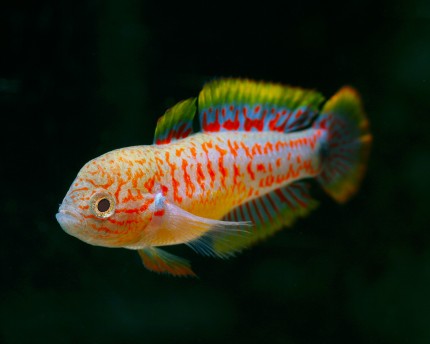


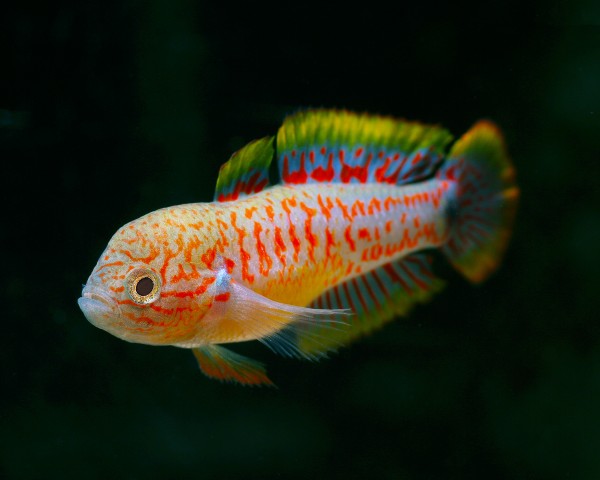


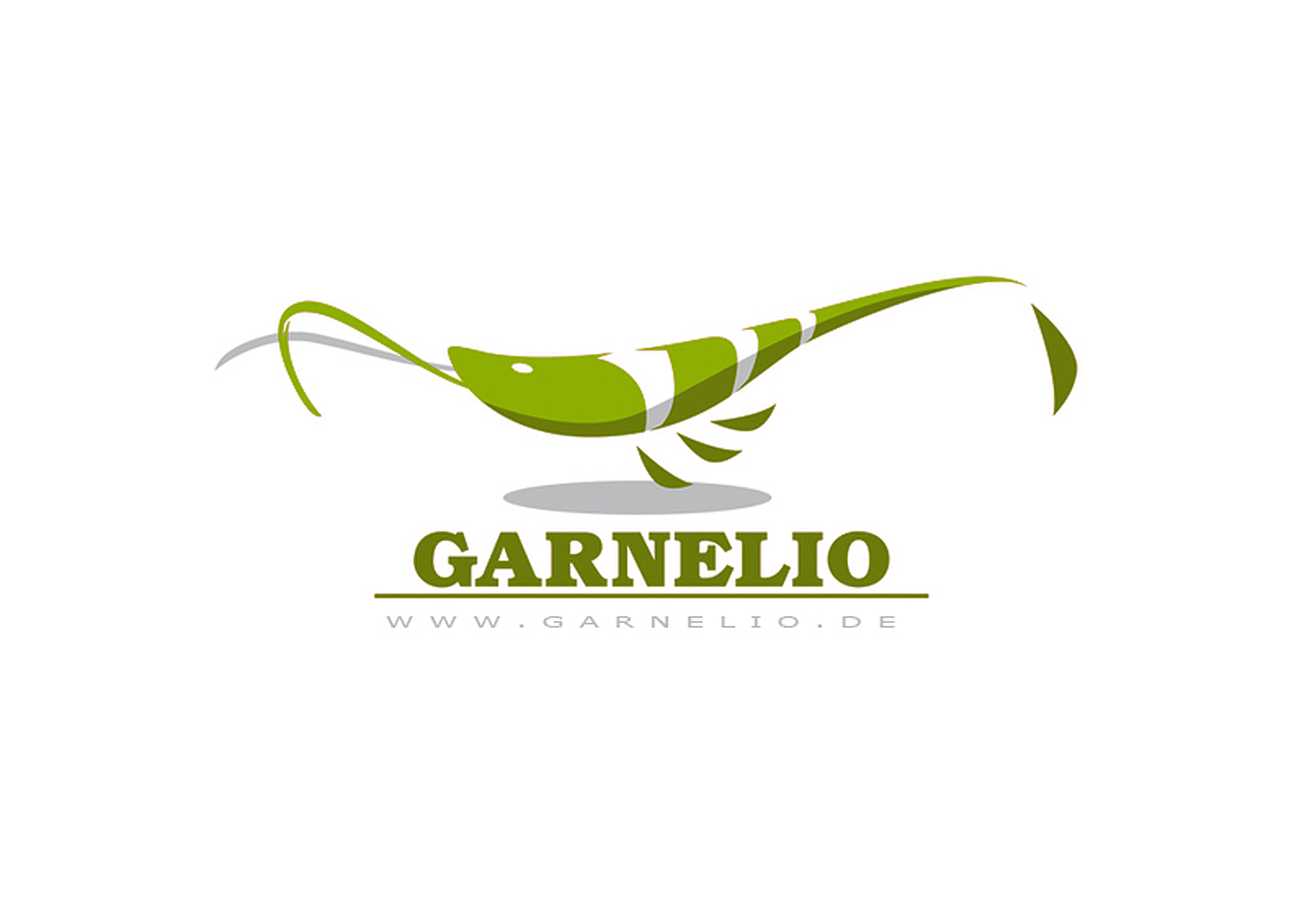
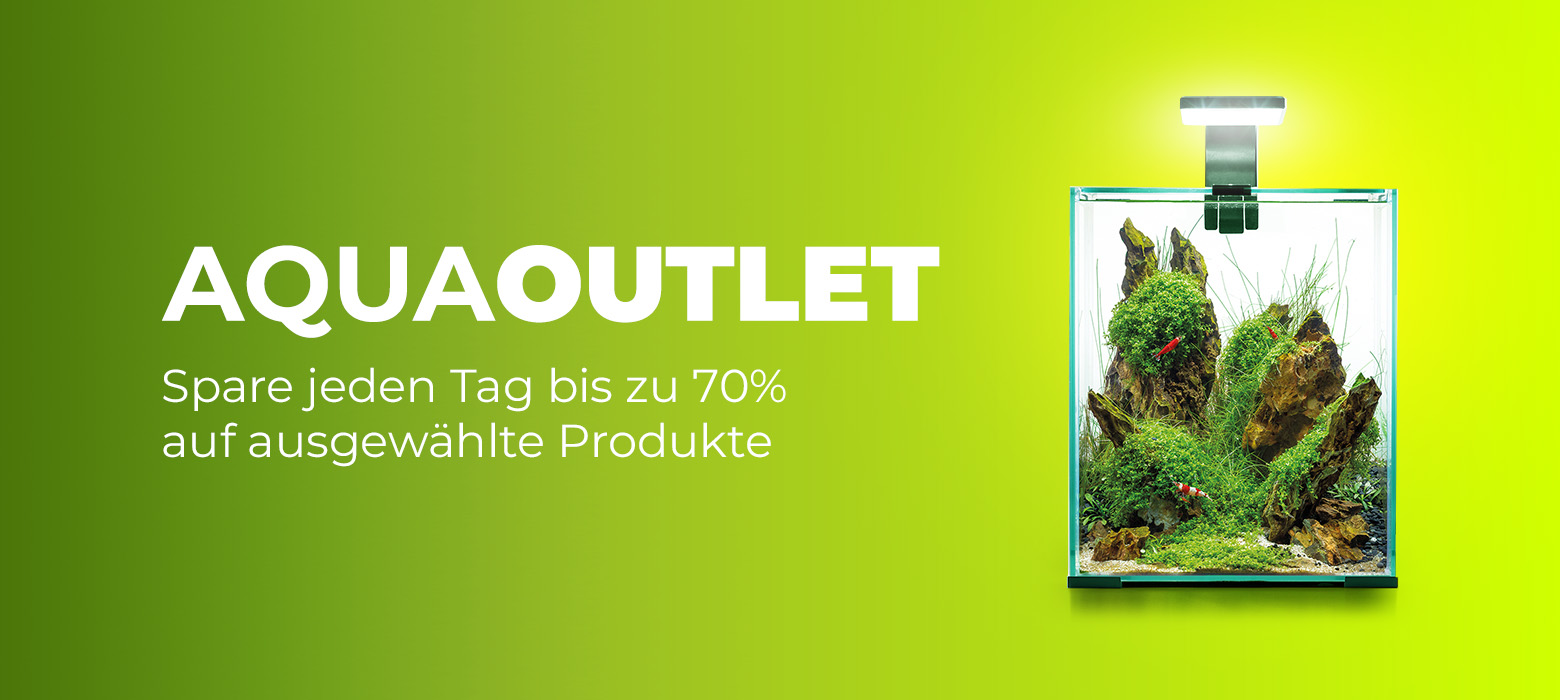
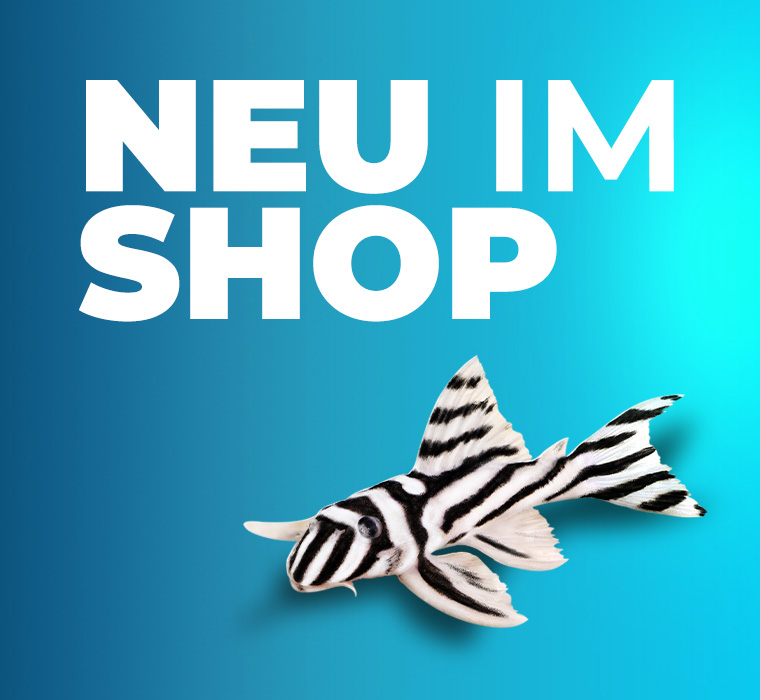
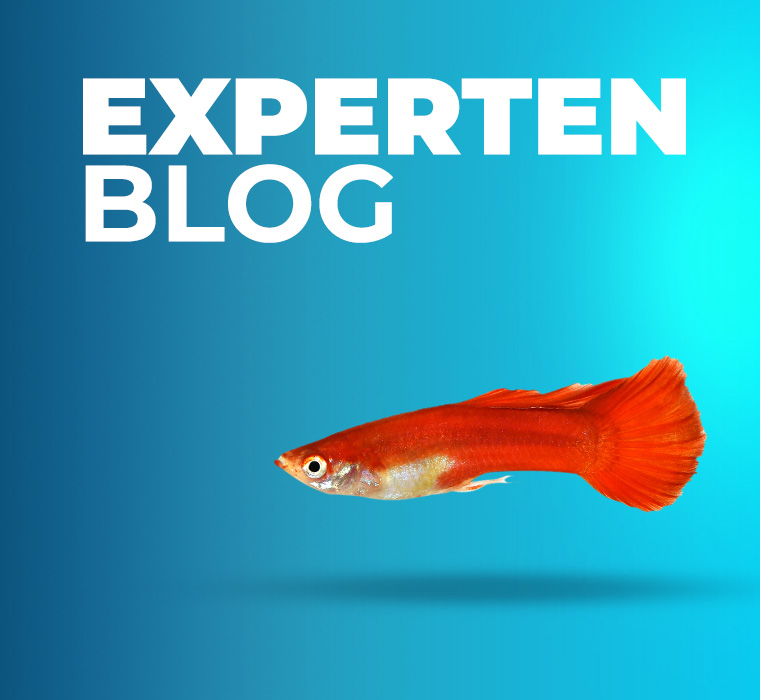
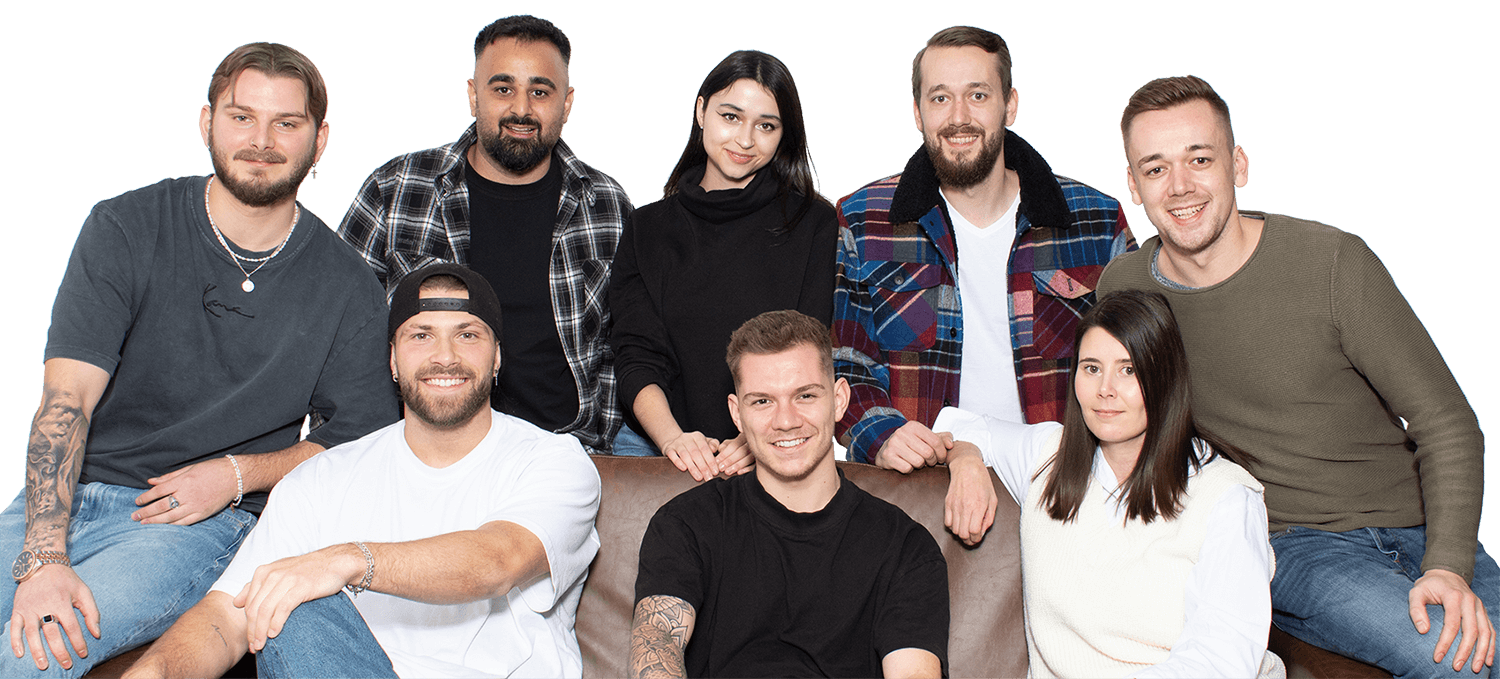
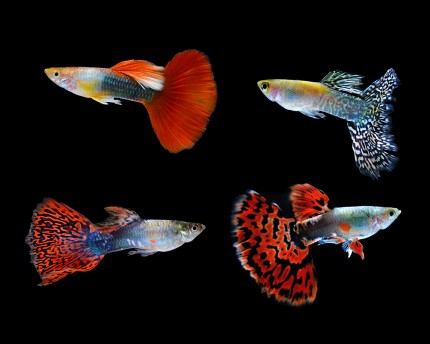
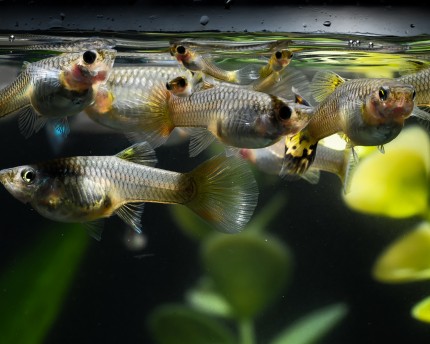
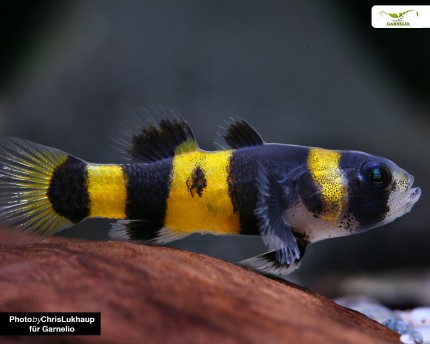
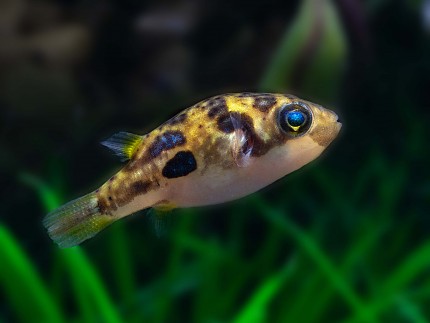
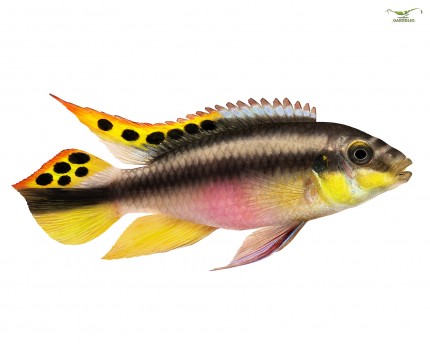
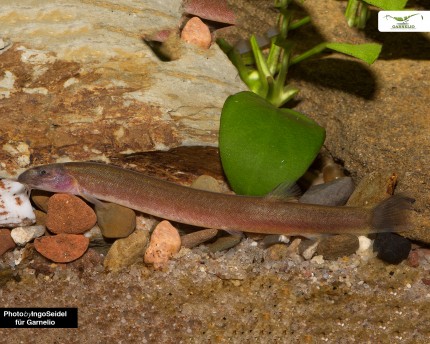
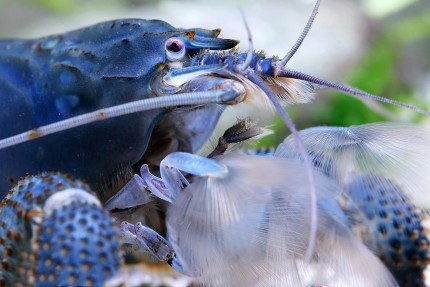
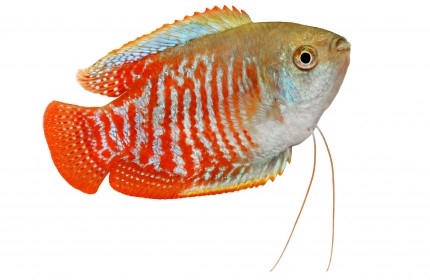
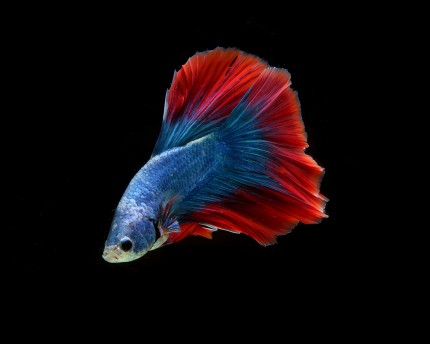
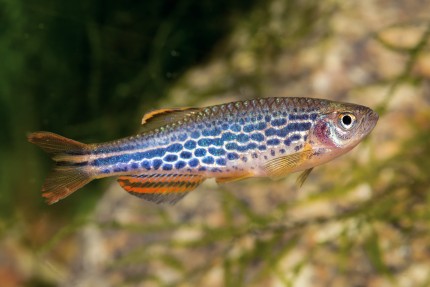
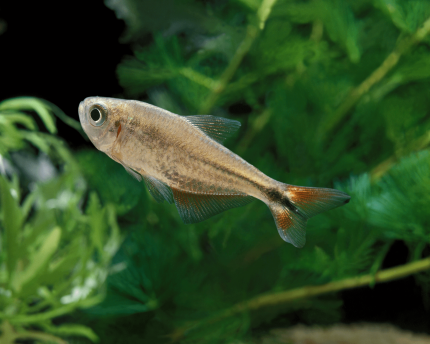
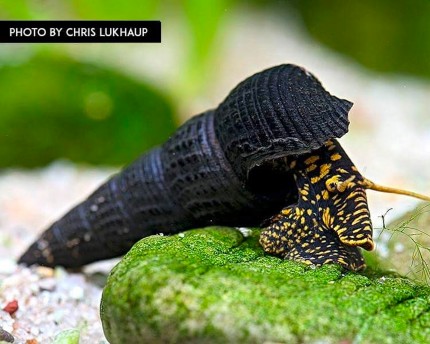
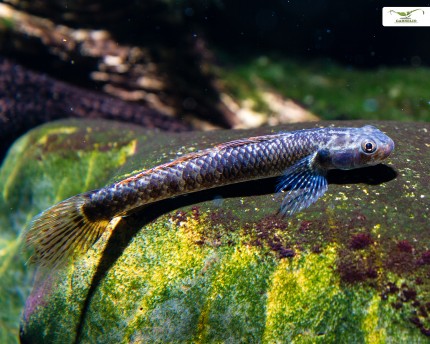
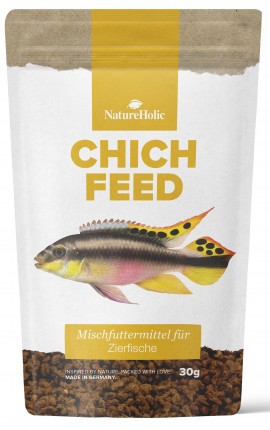
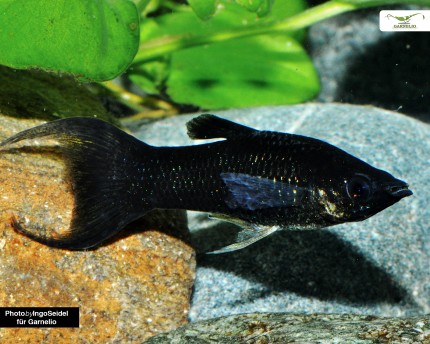
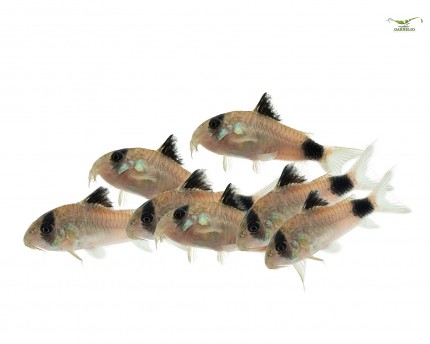
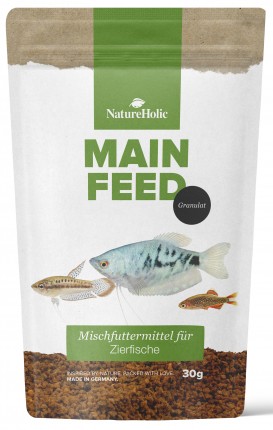
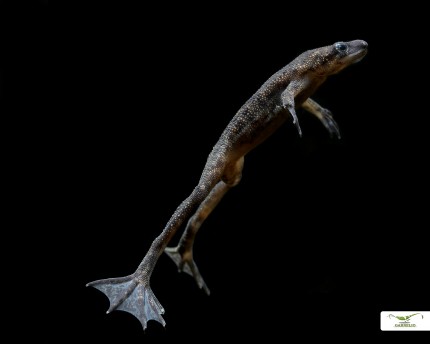
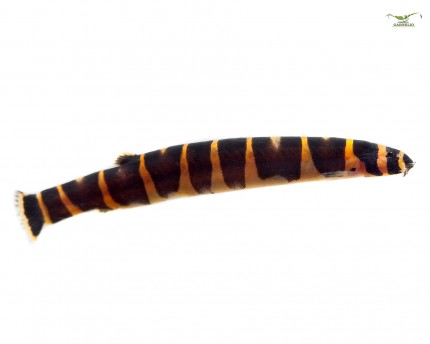
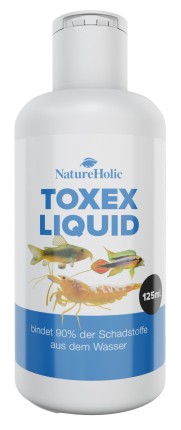
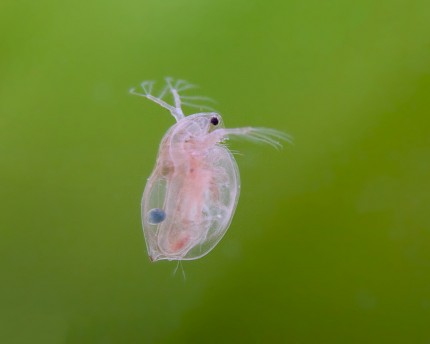
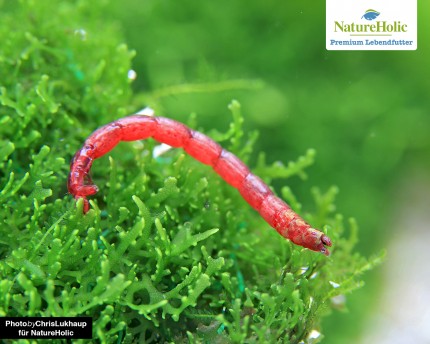
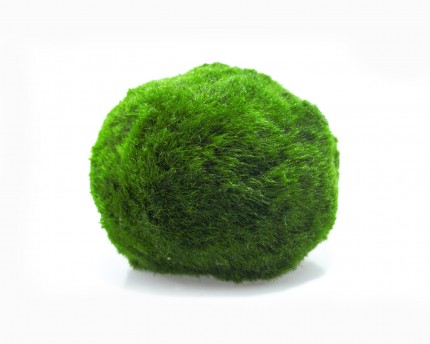
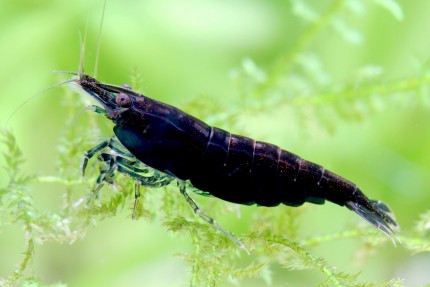
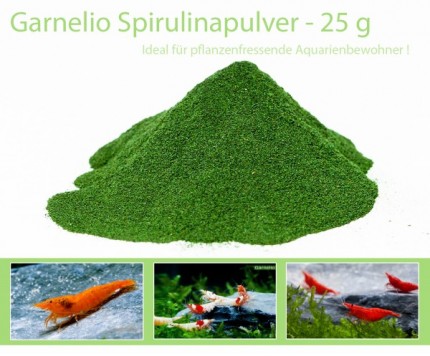
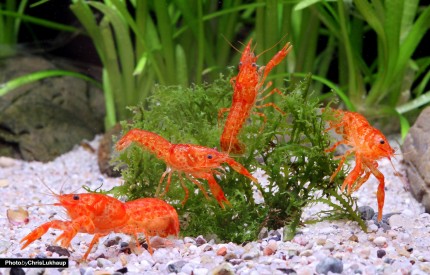
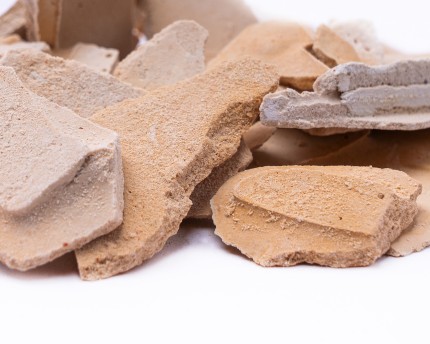
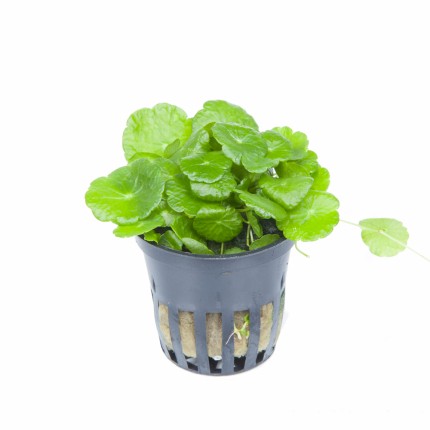
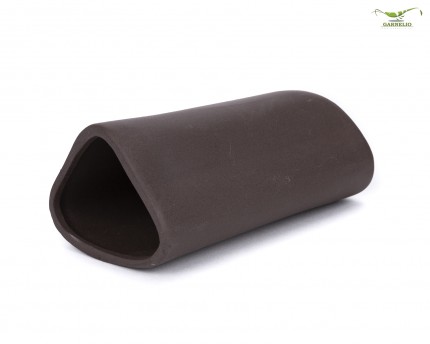
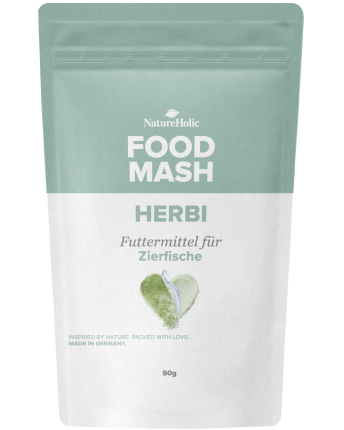

Sehr schöne junge Fische...
Sehr schöne junge Fische, noch relativ klein und noch nicht voll ausgefärbt, aber gesund,neugierig und munter.
Haben sich sehr schnell eingelebt.
Super, schnelle Lieferung...
Super, schnelle Lieferung und Top Fische erhalten. Drei Tage nach eintreffen gab es die ersten Eier.